Home>Furniture>Outdoor Furniture>What Blade To Cut Trex Decking
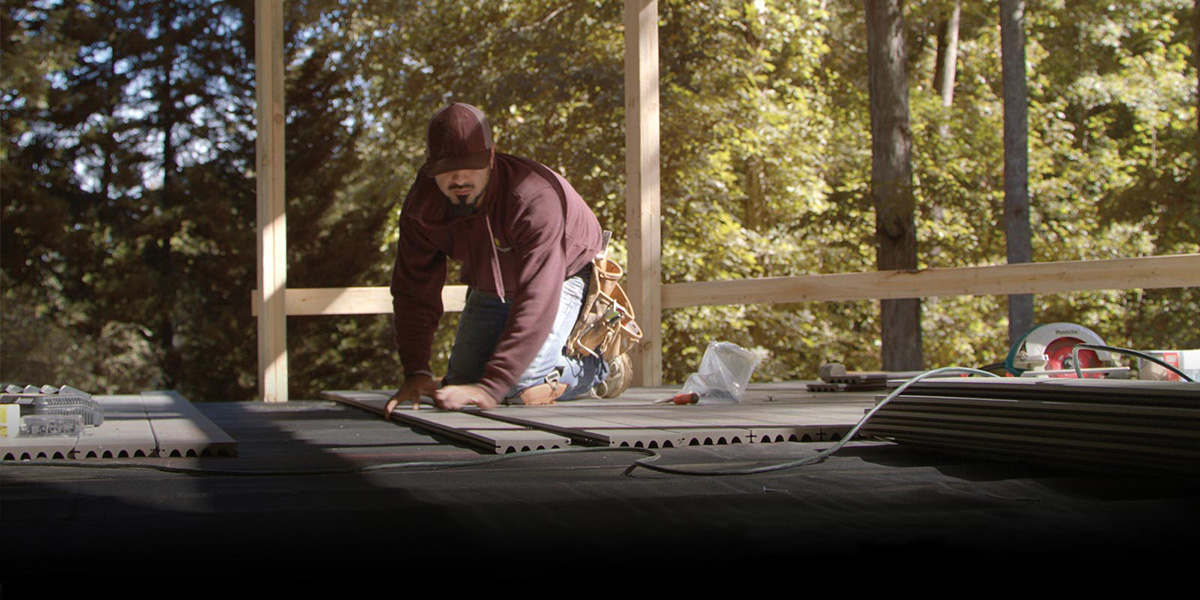

Outdoor Furniture
What Blade To Cut Trex Decking
Modified: August 27, 2024
Looking to cut Trex decking? Find out the best blade for the job and ensure precision when working with outdoor furniture.
(Many of the links in this article redirect to a specific reviewed product. Your purchase of these products through affiliate links helps to generate commission for Storables.com, at no extra cost. Learn more)
Introduction
When it comes to enhancing the outdoor aesthetics of your home, there’s nothing quite like a Trex decking. Renowned for its durability, low maintenance, and eco-friendly nature, Trex decking is a popular choice among homeowners and landscape designers. While the installation process of Trex decking is relatively straightforward, one crucial element to consider is the type of blade to use when cutting this material.
In this article, we will explore the factors to consider when choosing a blade for cutting Trex decking and provide recommendations to ensure a smooth and precise cut. Additionally, we will discuss important safety precautions that should be taken when working with power tools and Trex decking.
Cutting Trex decking requires the appropriate tools and techniques to achieve professional results. By understanding the key factors in choosing a suitable blade and implementing safety measures, you can ensure a successful project and enjoy your outdoor oasis for years to come.
Key Takeaways:
- Choose the right blade for cutting Trex decking by considering factors like material, tooth count, and type. Prioritize safety with protective gear, secure workpiece, and following power tool guidelines for a successful and safe project.
- Cutting Trex decking requires precision and safety. Select specialized blades for clean cuts, follow manufacturer’s recommendations, and prioritize safety precautions to ensure a beautiful and long-lasting outdoor space.
Read more: What Is Trex Decking
Factors to Consider When Choosing a Blade for Cutting Trex Decking
When it comes to cutting Trex decking, using the right blade is essential to achieve clean and accurate cuts without damaging the material. Here are some key factors to consider when selecting a suitable blade:
- Blade Material: The material composition of the blade is crucial for cutting Trex decking effectively. Look for blades made from carbide-tipped or high-density diamond teeth. These materials are known for their durability and ability to withstand the rigors of cutting through composite materials like Trex decking.
- Tooth Count: The tooth count of the blade determines the cutting efficiency and the quality of the finish. For cutting composite materials, such as Trex decking, a blade with a higher tooth count is recommended. A higher tooth count will result in smoother cuts with minimal chipping or splintering.
- Blade Diameter: The diameter of the blade should match the capacity of your saw or cutting tool. Ensure that the blade is large enough to cut through the thickness of the Trex decking without causing any strain or damage to the blade or the material.
- Blade Type: There are different types of blades available on the market, such as circular saw blades, miter saw blades, or table saw blades. Choose a blade that is specifically designed for cutting composite materials or multi-purpose blades that are suitable for various materials, including composite decking.
Consider the above factors in conjunction with your specific cutting needs and the thickness of the Trex decking to select the most appropriate blade. Using the right blade will ensure precise and smooth cuts while minimizing the risk of material damage or wastage.
Types of Blades Suitable for Cutting Trex Decking
When it comes to cutting Trex decking, there are various types of blades available that are designed to offer efficient and precise cuts. Here are some of the most common types of blades suitable for cutting Trex decking:
- Circular Saw Blades: Circular saw blades are versatile and commonly used for cutting decking materials like Trex. Look for carbide-tipped blades with a high tooth count, such as 60 to 80 teeth, for clean and smooth cuts.
- Miter Saw Blades: Miter saw blades are ideal for making angled cuts on Trex decking. These blades come in different tooth configurations, and a blade with at least 80 teeth will provide accurate and clean cuts.
- Table Saw Blades: Table saw blades are another popular choice for cutting Trex decking. Look for cross-cutting or general-purpose blades with a high tooth count, around 60 to 80 teeth, for fine cuts and minimal splintering.
- Composite Decking Blades: Some manufacturers offer blades specifically designed for cutting composite decking materials like Trex. These blades typically have a triple-chip grind or modified triple-chip grind with a higher tooth count to deliver professional-quality cuts.
- Multi-Purpose Blades: If you work with different materials besides Trex decking, you may opt for multi-purpose blades that can tackle a variety of tasks. Look for blades that are suitable for cutting both wood and composite materials to ensure versatility and efficiency.
It’s crucial to choose a blade that is specifically designed for cutting composite materials or one that offers the versatility to handle a range of materials. Additionally, consider the tooth count and blade diameter to ensure compatibility with your cutting tool and achieve the desired results.
Remember to check the manufacturer’s recommendations for the specific blade type that is compatible with Trex decking, as they may have specific guidelines to ensure optimal performance and durability.
Use a carbide-tipped saw blade with more teeth to cut Trex decking. This will help you achieve clean and precise cuts without damaging the material.
Blade Recommendations for Cutting Trex Decking
Choosing the right blade for cutting Trex decking is vital to ensure clean, precise cuts without compromising the integrity of the material. Here are some blade recommendations that are commonly used and have proven to be effective for cutting Trex decking:
- Freud D1072CD Trex Composite Decking Miter Saw Blade: This specialized miter saw blade from Freud is designed specifically for cutting composite materials, including Trex decking. With its 72-tooth configuration and carbide-tipped teeth, it delivers smooth, splinter-free cuts.
- Diablo D1072CD Trex/Composite Decking Circular Saw Blade: The Diablo D1072CD saw blade is another excellent option for cutting Trex decking with a circular saw. It features a unique triple-chip grind and carbide teeth, providing clean cuts and reduced material waste.
- IRWIN Marples Laser Cut 12-Inch Circular Saw Blade: This circular saw blade from IRWIN Marples is suitable for cutting composite decking materials like Trex. With its 80-tooth count, it produces smooth, precise cuts with minimal splintering.
- DEWALT DW3128P5 Miter Saw Blade Set: If you’re looking for a versatile option, the DEWALT DW3128P5 blade set is a reliable choice. This set includes two blades, a 32-tooth blade for general purposes and a 80-tooth blade for fine cuts, making it suitable for cutting Trex decking.
These blade recommendations have been chosen based on their quality, durability, and positive user feedback. However, it’s essential to refer to the manufacturer’s recommendations and specifications for your specific cutting tools and Trex decking to ensure compatibility and optimal performance.
Always remember to follow the manufacturer’s guidelines for blade installation and safety precautions to prevent accidents and achieve the best results when cutting Trex decking.
Safety Precautions for Cutting Trex Decking
While cutting Trex decking can be a relatively straightforward task, it is crucial to prioritize safety to prevent accidents and injury. Here are some important safety precautions to keep in mind when working with power tools and cutting Trex decking:
- Protective Gear: Always wear appropriate personal protective equipment (PPE) such as safety glasses, gloves, and ear protection. These items will safeguard you from potential flying debris, dust, and noise generated during the cutting process.
- Secure Workpiece: Ensure that the Trex decking is securely fastened or clamped to your work surface before cutting. This will prevent any movement or shifting of the material, reducing the risk of accidents and ensuring accurate cuts.
- Power Tool Safety: Familiarize yourself with the operation and safety features of your power tools. Follow the manufacturer’s instructions for proper usage, including blade installation and adjustments. Unplug the tool when changing blades or making adjustments to avoid accidental starts.
- Follow Cutting Guidelines: Pay close attention to the cutting guidelines provided by the manufacturer of the Trex decking. This includes recommended blade types, tooth counts, and cutting techniques. Adhering to these guidelines will ensure efficient and precise cuts while minimizing the risk of damage to the material.
- Dust Control: Cutting composite materials like Trex decking can produce a significant amount of dust. Consider using a dust collection system or wearing a dust mask to reduce inhalation of harmful particles.
- Work Area Safety: Keep your work area free from obstacles and clutter, providing ample space for maneuvering and working safely. Ensure good lighting to improve visibility and reduce potential accidents.
- Proper Blade Handling: Handle the blades with care to avoid accidental cuts or injuries. Never touch the blade while it is rotating or immediately after use, as it can be hot and can cause burns. Allow the blade to come to a complete stop before handling it.
By implementing these safety precautions, you can minimize the risk of accidents and injuries while cutting Trex decking. Remember, safety should always be the top priority in any DIY or construction project.
If you are uncertain about any aspect of the cutting process, it is recommended to consult professional guidance or seek assistance from experienced individuals to ensure a safe and successful outcome.
Read more: What To Do With Leftover Trex Decking
Conclusion
Choosing the right blade for cutting Trex decking is crucial to achieve clean, precise cuts while maintaining the integrity of the material. By considering factors such as blade material, tooth count, diameter, and type, you can select a blade that is suitable for your specific cutting needs.
Circular saw blades, miter saw blades, table saw blades, composite decking blades, and multi-purpose blades are some of the options available for cutting Trex decking. To ensure optimal performance, it is essential to follow the manufacturer’s recommendations and specifications for your cutting tools and Trex decking.
While working with power tools and cutting Trex decking, it is essential to prioritize safety. Wearing appropriate protective gear, securing the workpiece, following power tool safety guidelines, and maintaining a clean and organized work area are critical precautions to prevent accidents and injuries.
Cutting Trex decking requires careful attention to detail and precision. By using the recommended blades and adhering to safety precautions, you can achieve professional-quality cuts, minimizing material waste and ensuring the longevity of your Trex decking installation.
Remember, if you are unsure about any aspect of the cutting process or lack experience, it is highly recommended to seek guidance from professionals or individuals with expertise in working with Trex decking and power tools.
Investing in the right blade and taking the necessary safety precautions will not only result in a successful project but also provide you with a beautiful outdoor space that you can enjoy for years to come.
Frequently Asked Questions about What Blade To Cut Trex Decking
Was this page helpful?
At Storables.com, we guarantee accurate and reliable information. Our content, validated by Expert Board Contributors, is crafted following stringent Editorial Policies. We're committed to providing you with well-researched, expert-backed insights for all your informational needs.
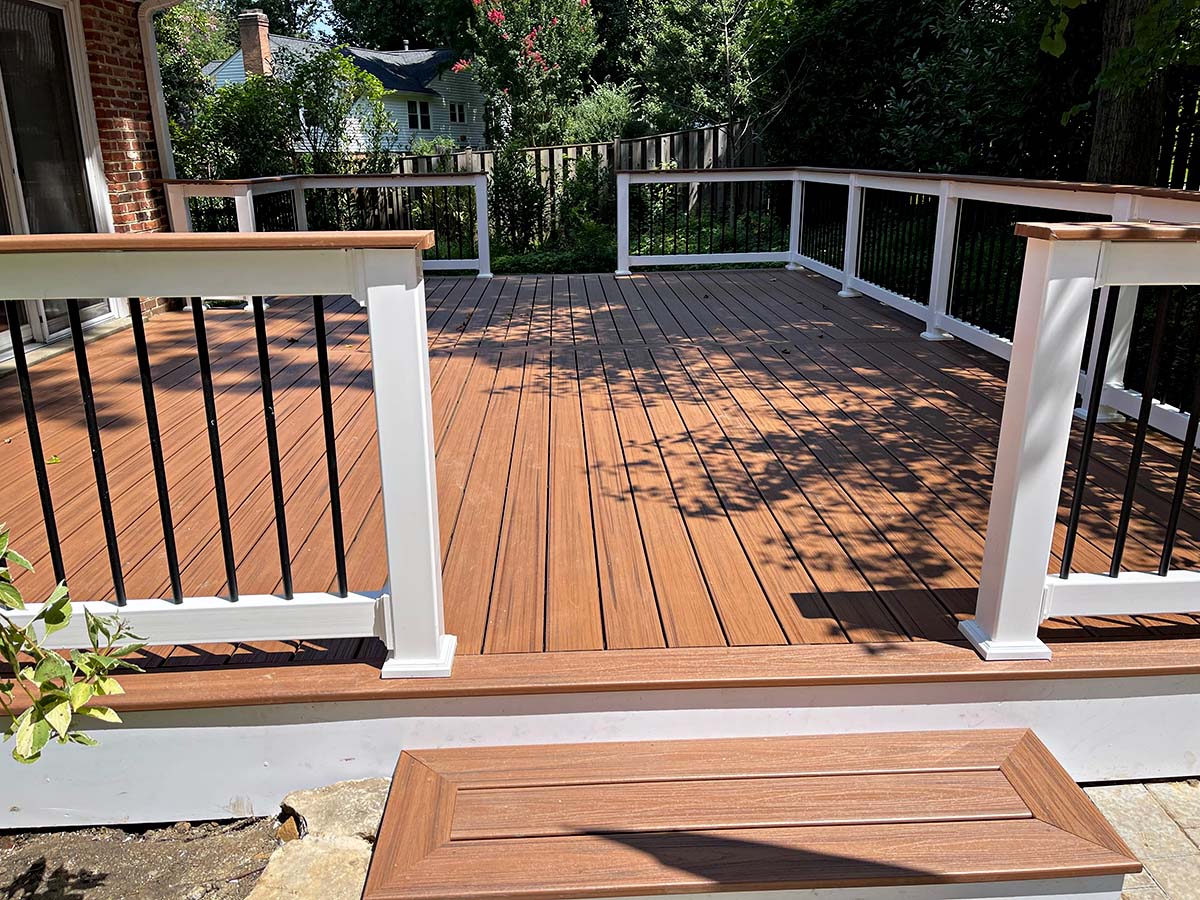
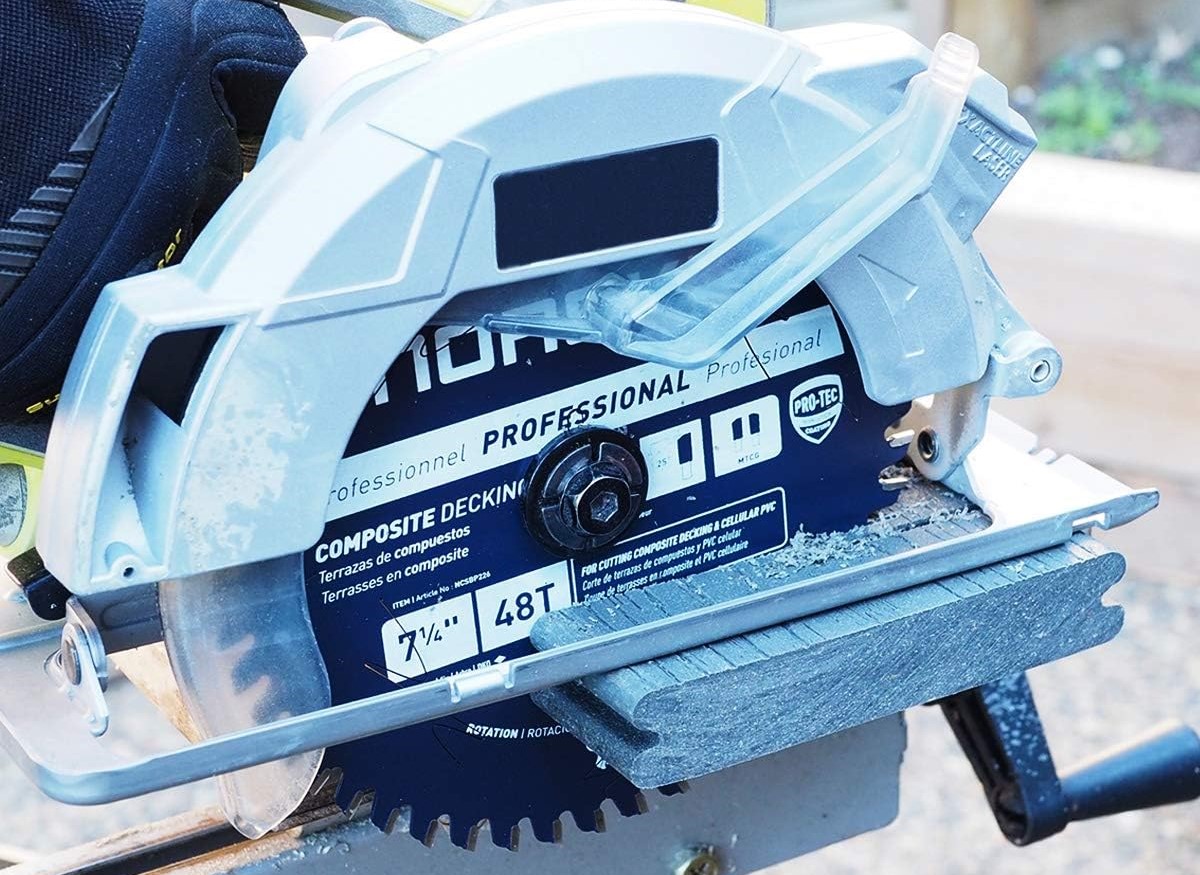
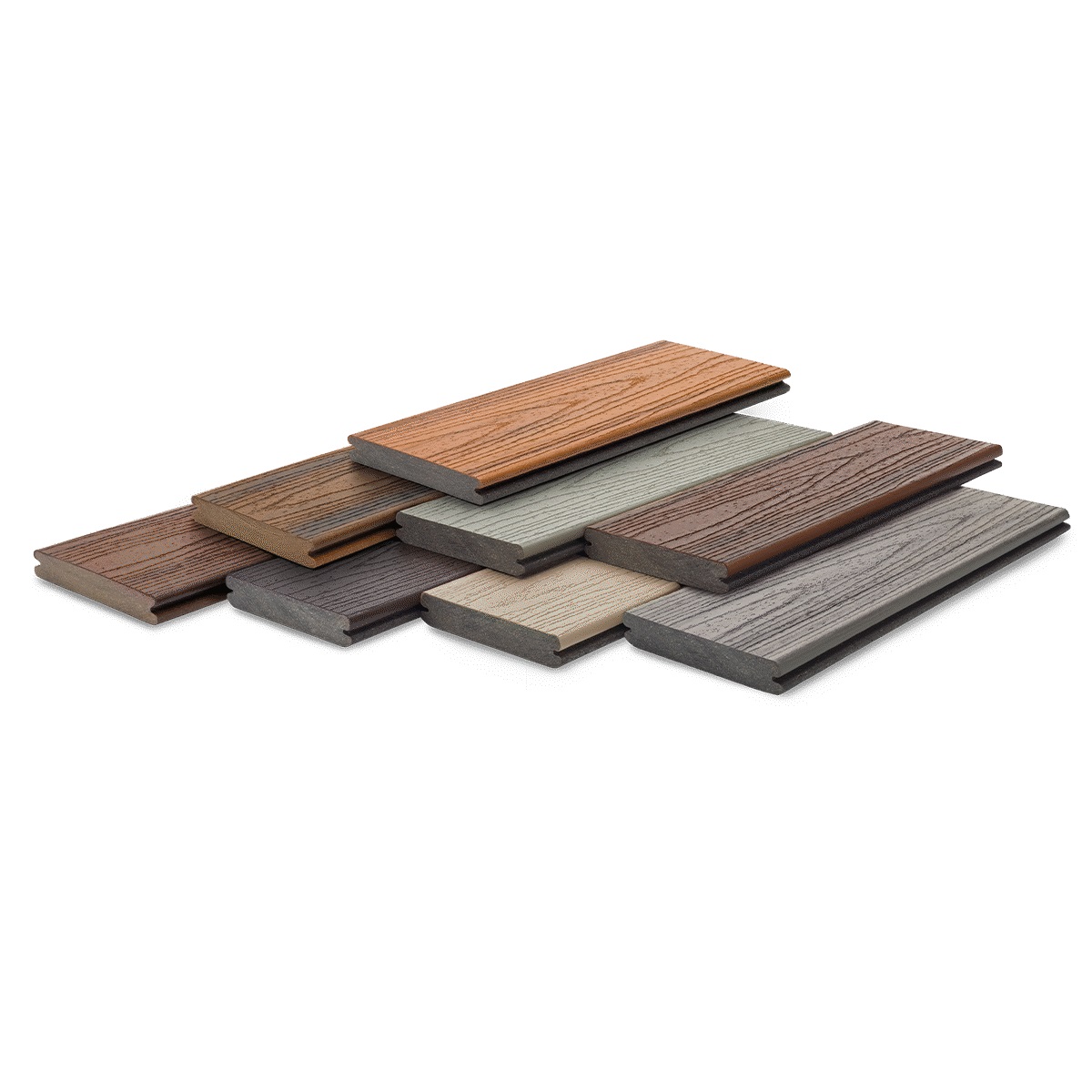
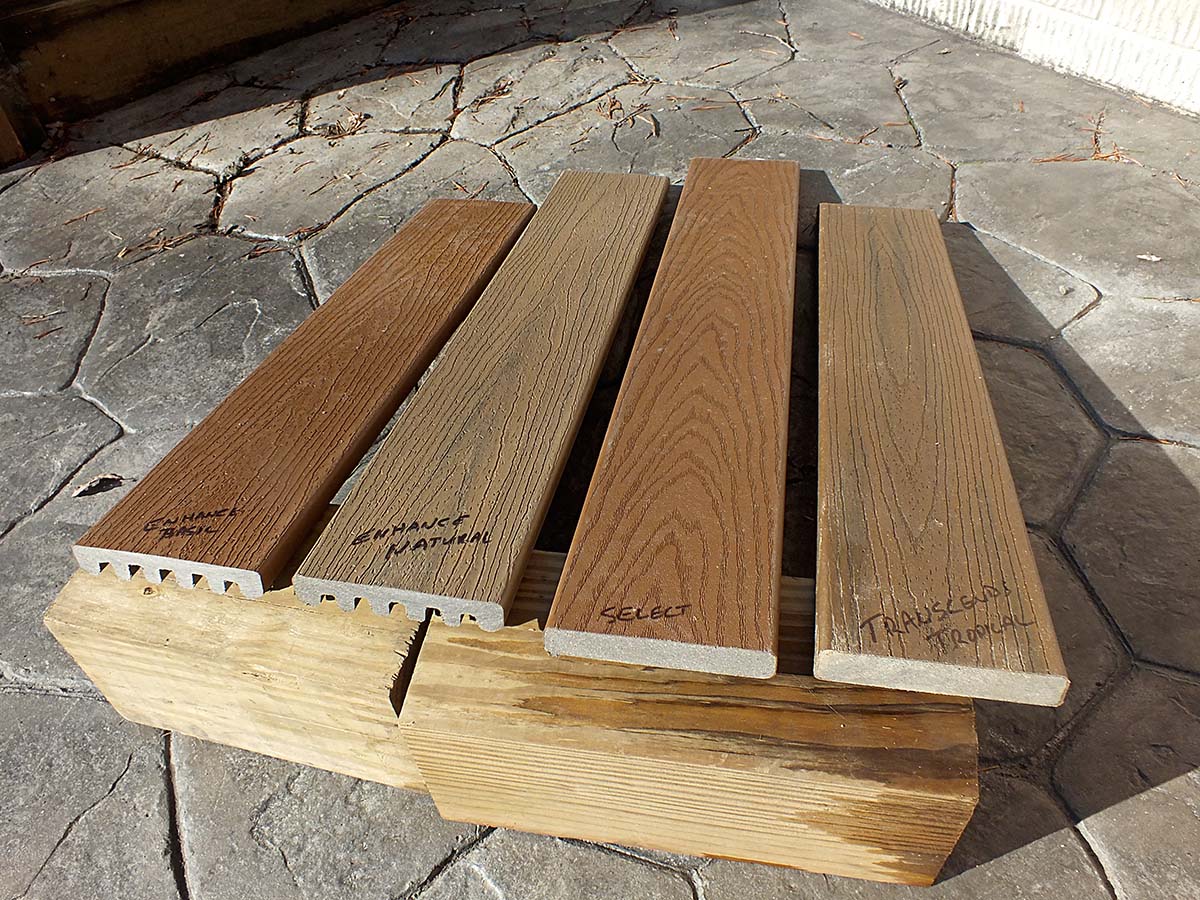

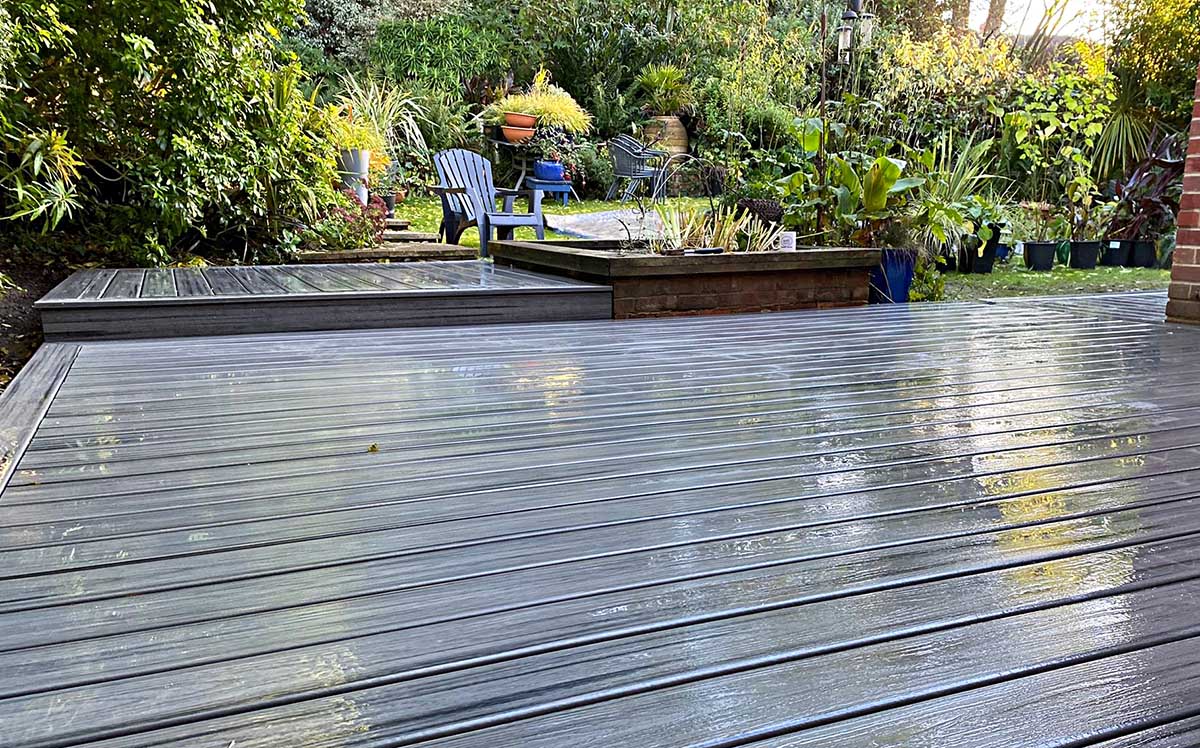
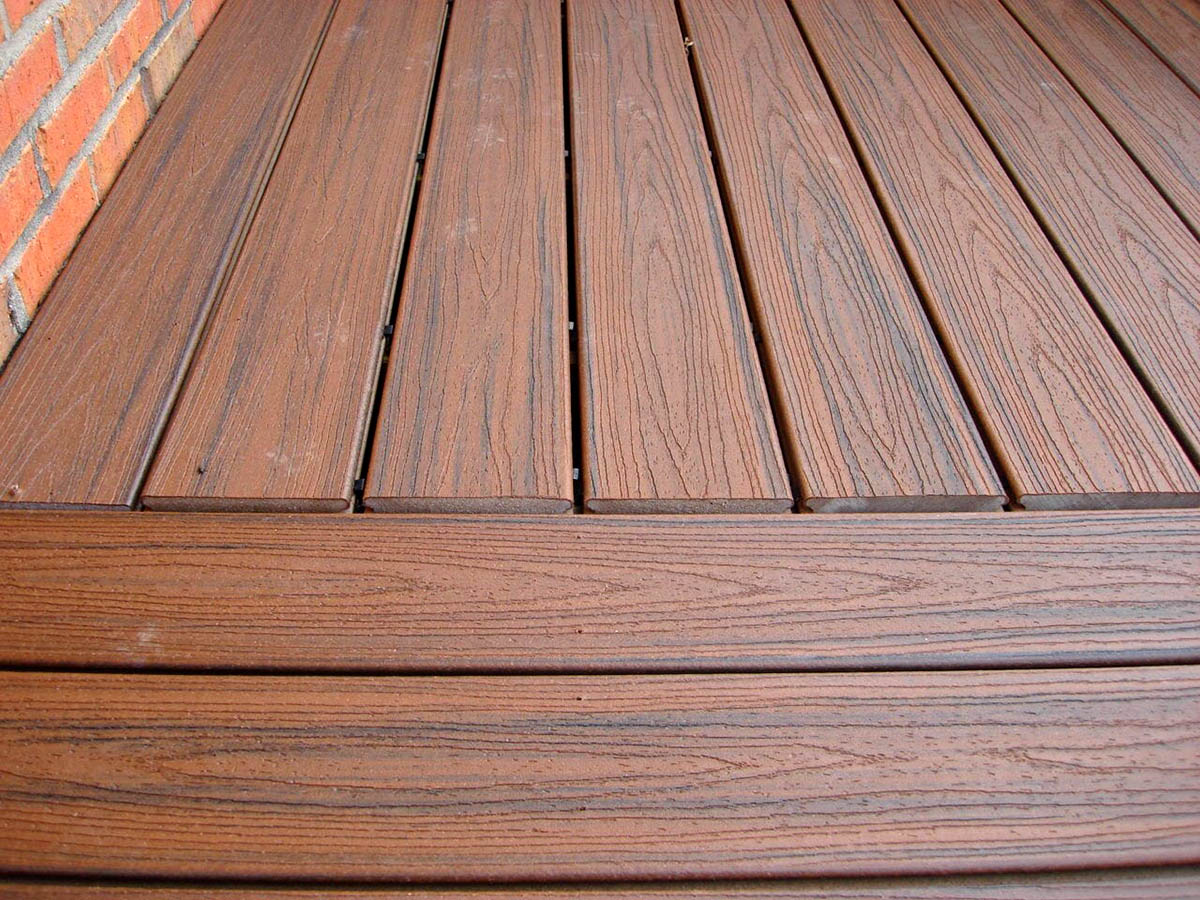
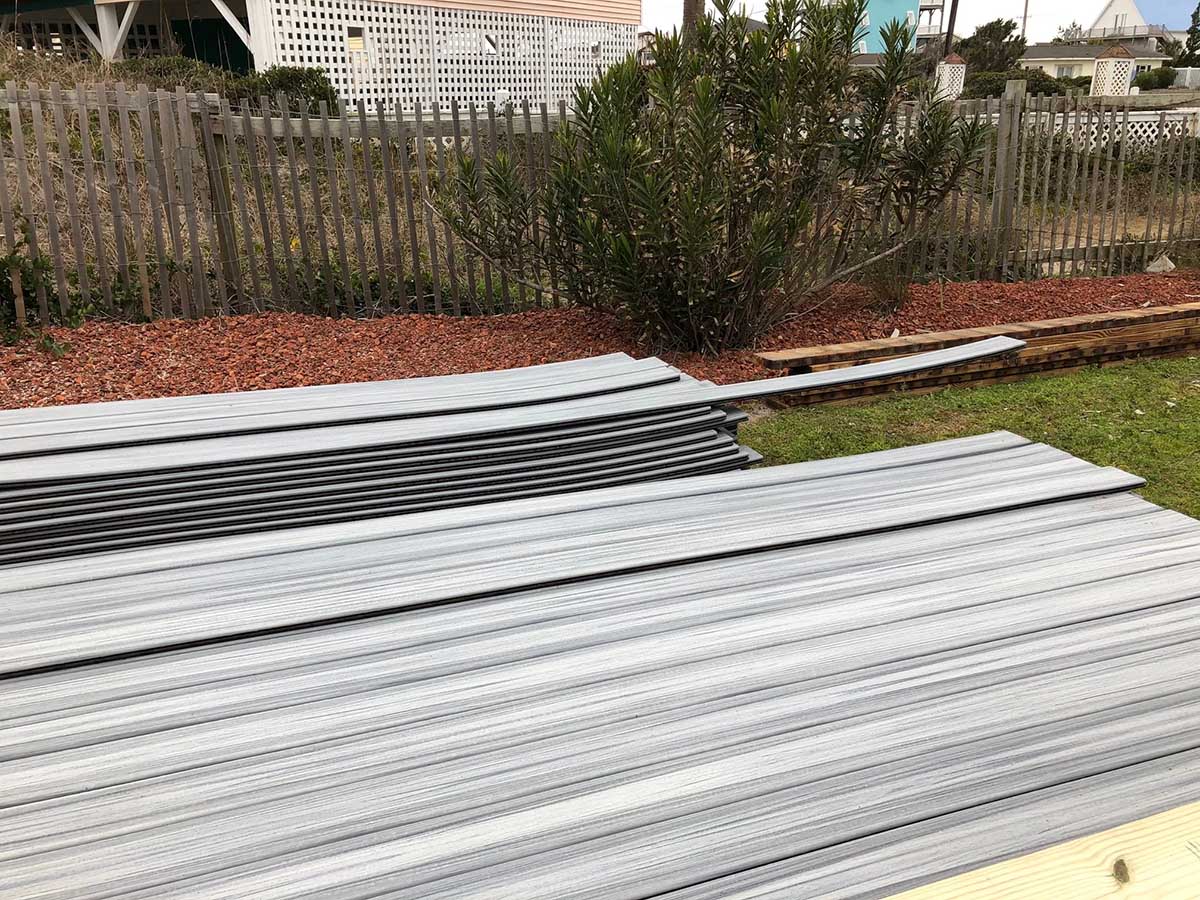

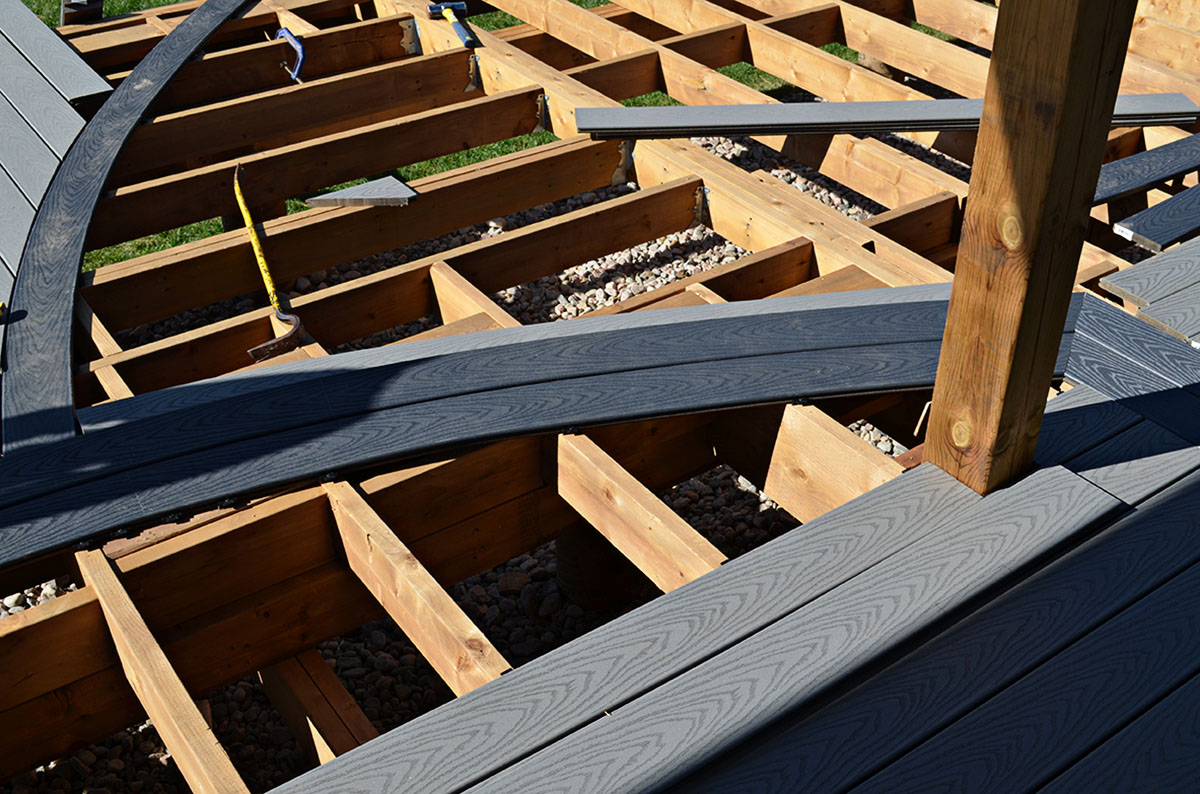
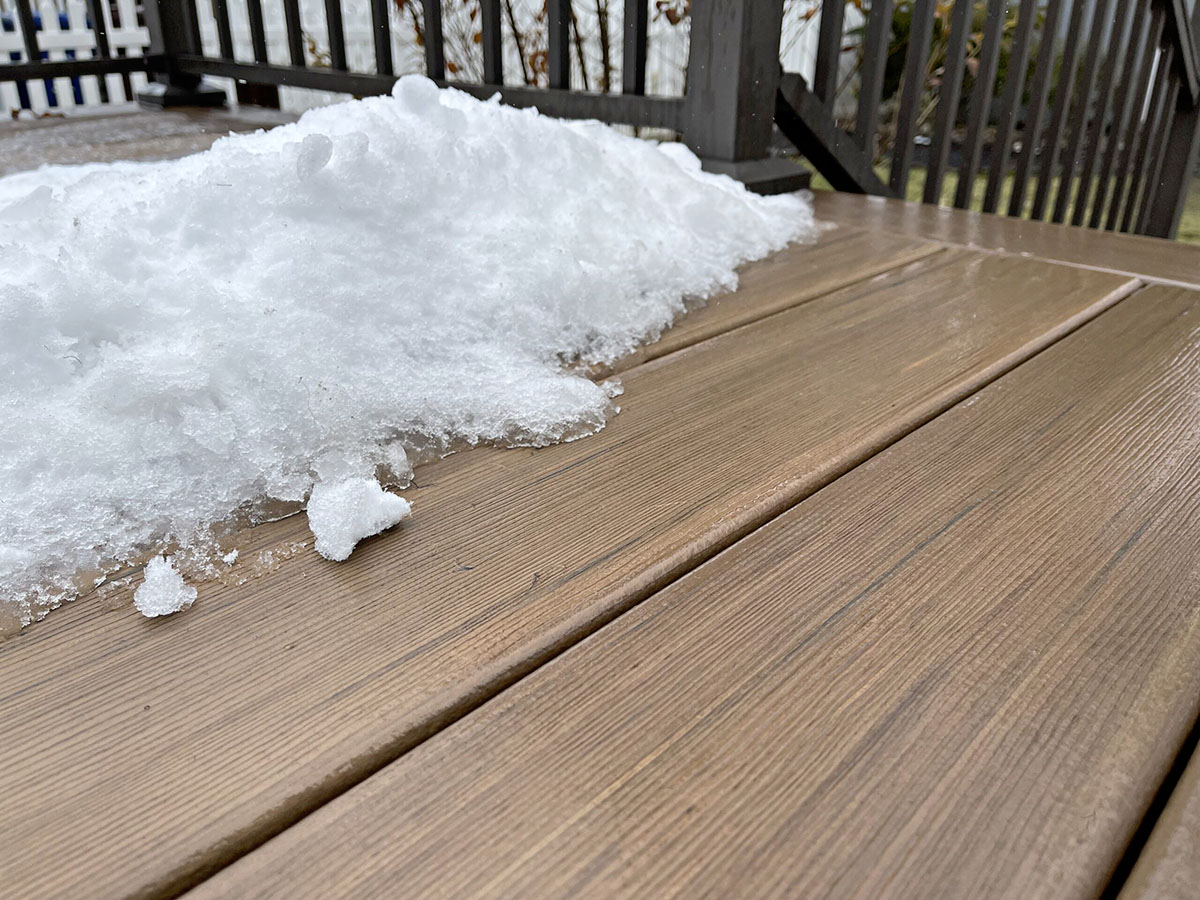
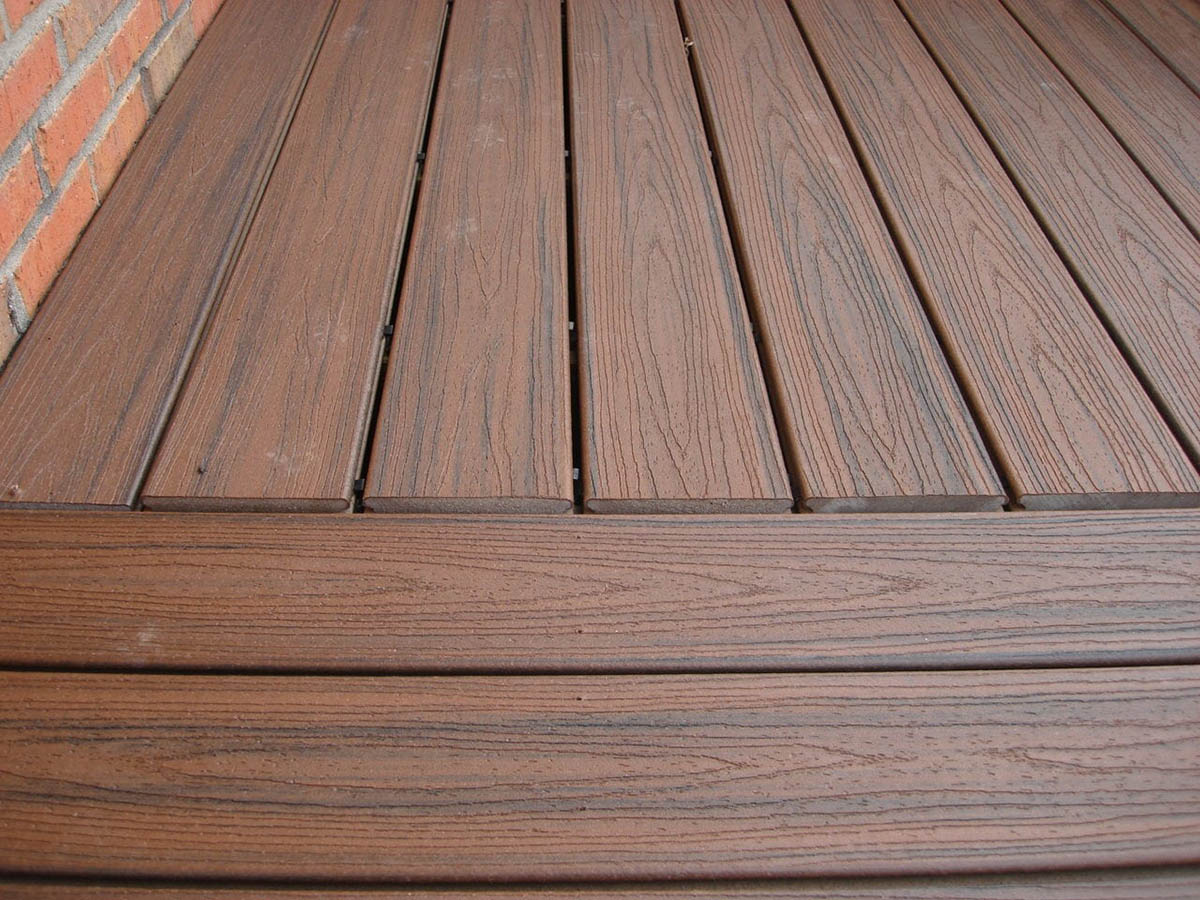
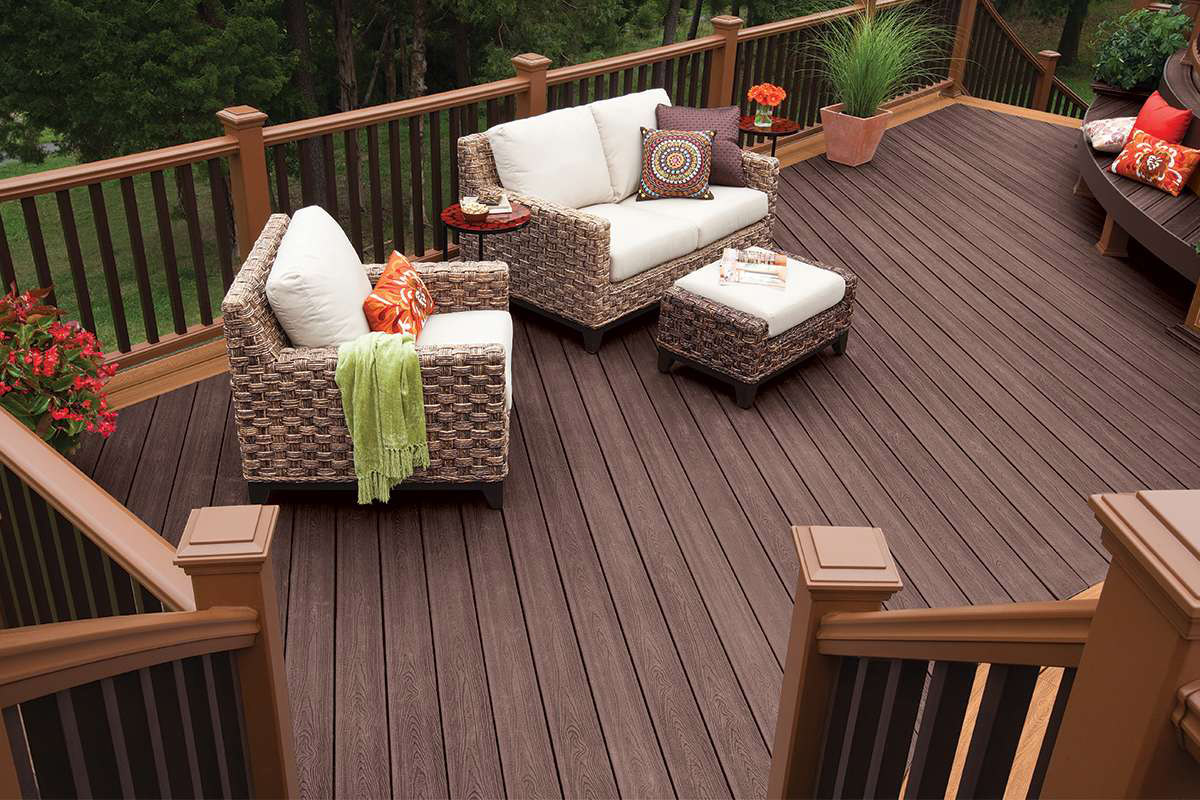
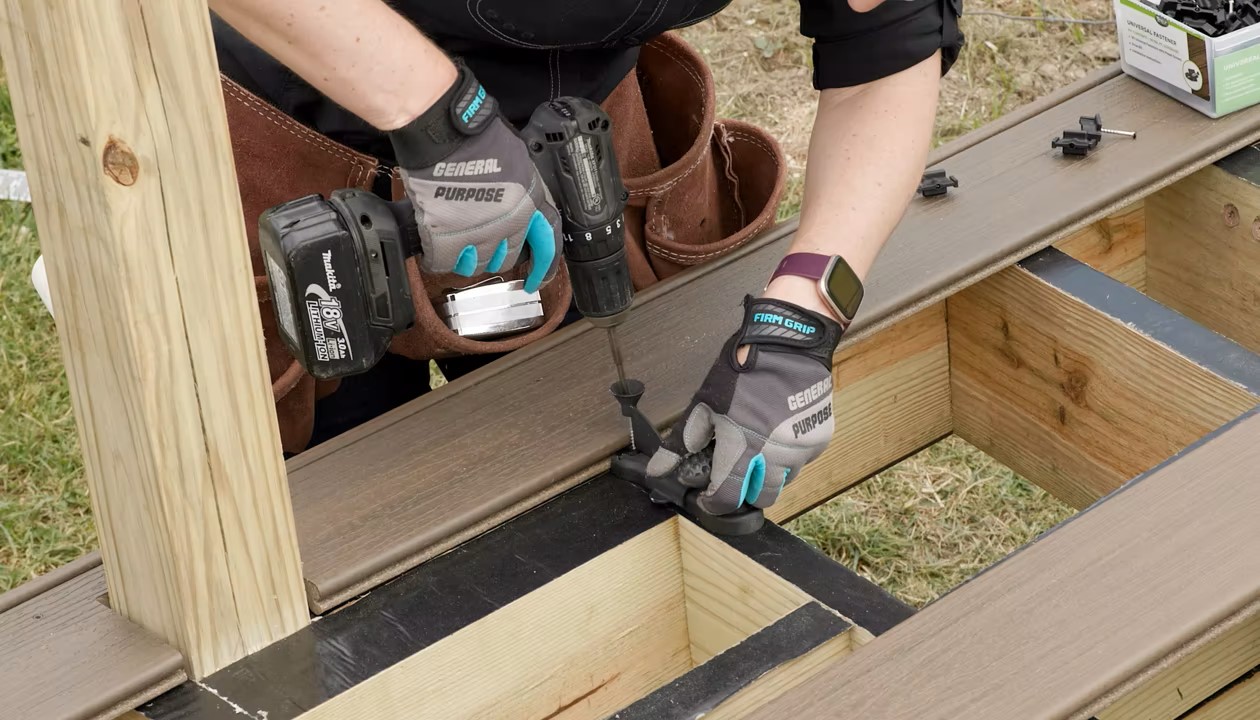

0 thoughts on “What Blade To Cut Trex Decking”